October 2016
Despite being told that Perth is a modern city, I still think of it as a frontier town and was eager to visit. Most of Western Australia is red dirt; 2.6 million people live there, and three-quarters of them live in Perth. If you like a good story, watch the movie Red Dog and you will feel the iron-stained dust in your hair. The region had enjoyed boom times when commodity prices were surging but now the downtown sky tells a story of corporate belt tightening. Rio Tinto and BHP Biliton are selling assets and the port is full of large dump trucks waiting for any global buyer.
- Perth-Note Rio Tinto and BHP
- Red Dirt
- Noah’s Ark
- Perth Waterfront
Since mining is Western Australia’s lifeblood, we stopped at the Perth Mint for a tour. The Perth Mint houses the record-setting Australian Kangaroo one ton gold coin. Eight of the World’s Ten Largest discovered nuggets were found in Australia, including one that a boy stumbled over in a field. Another nugget was so large they 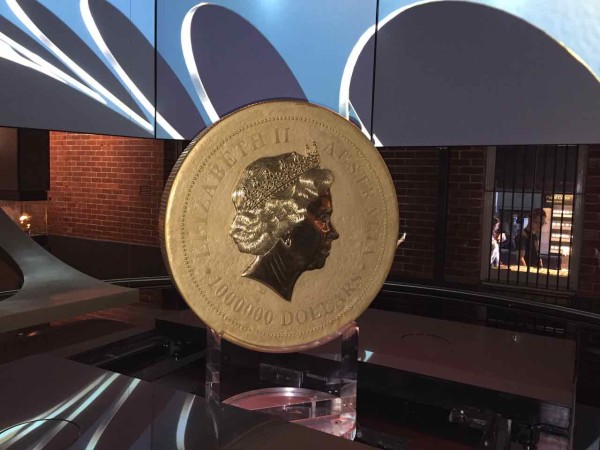 had to break it into three pieces to transport it by wheelbarrow. The Golden Nugget Casino paid more than melt value for the largest surviving gold nugget. The gold dust that was a residue of the minting process was so valuable that the workers scraped and collected the gold off of the pots and ceilings periodically. It is the metallurgical equivalent of licking your ice cream bowl. I was quite impressed with Perth as a city and could have spent a lot more time there. Perhaps I was influenced by the awesome nut bread with poached eggs and avo, and the fresh juice at our hotel?
had to break it into three pieces to transport it by wheelbarrow. The Golden Nugget Casino paid more than melt value for the largest surviving gold nugget. The gold dust that was a residue of the minting process was so valuable that the workers scraped and collected the gold off of the pots and ceilings periodically. It is the metallurgical equivalent of licking your ice cream bowl. I was quite impressed with Perth as a city and could have spent a lot more time there. Perhaps I was influenced by the awesome nut bread with poached eggs and avo, and the fresh juice at our hotel?
Fremantle was just a short train ride away and we spent a day at the Maritime Museum, mostly examining the America’s Cup models. Australia II was the first non-American boat to win the America’s Cup. Her secret weapon was a winged keel. Late in the race series, the Australians leaked their keel design in a hope to confuse the Americans. The American designers tried to bolt on plywood to their boat to match the Australian design. The altered keel slowed down the American boat and history was made.
- America’s Cup Models
- Famous Winged Keel
- Fremantle Port
- Fremantle
The West Coast of Australia was explored many years before the East Coast; it was a stopover point for the Dutch and Spaniards. Australians could have easily been speaking Dutch or Spanish now. The Western Australian reefs are dangerous and the weather is fierce so quite a few ships ended up at the bottom of the ocean. The 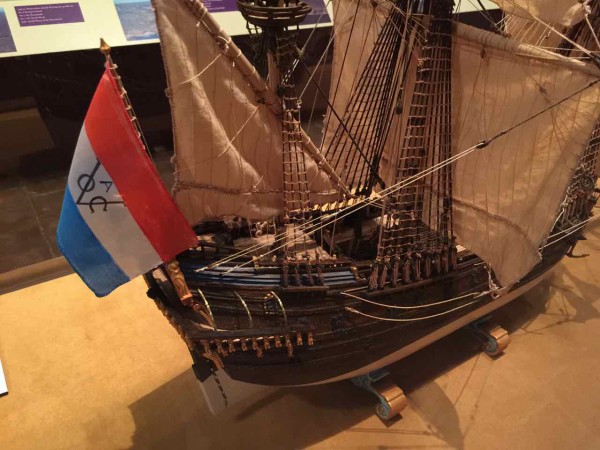 Shipwreck Museum was dominated by the 1629 wreck of the Batavia. (see photo below) The VOC (Vereenigde Oostindische Compagnie-East Indies Company) Batavia set sail with antiquities, coins and pre-fabricated sandstone blocks for a portico to be erected as gatehouse for the city of Batavia (present-day Jakarta). A mutinous crew had not yet executed their plans when the ship was wrecked in the Houtman Abrolhos. Most of
Shipwreck Museum was dominated by the 1629 wreck of the Batavia. (see photo below) The VOC (Vereenigde Oostindische Compagnie-East Indies Company) Batavia set sail with antiquities, coins and pre-fabricated sandstone blocks for a portico to be erected as gatehouse for the city of Batavia (present-day Jakarta). A mutinous crew had not yet executed their plans when the ship was wrecked in the Houtman Abrolhos. Most of 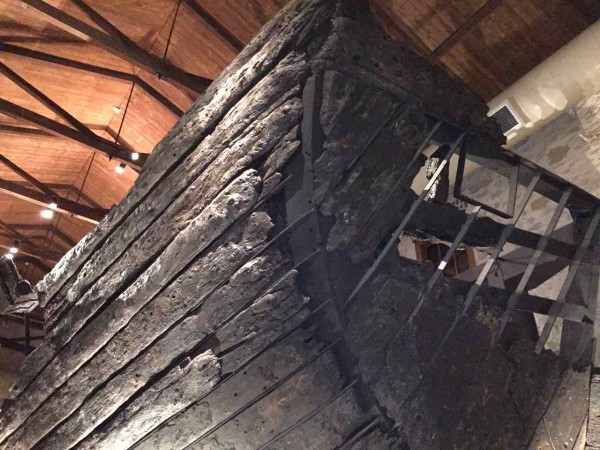 the crew were taken to nearby islands but the Skipper and Commander went looking for water in longboats. They eventually made it to Batavia; the Skipper was arrested for negligence and the Commander was sent back to retrieve the passengers. Back on the island, one of the senior crew, Corneliszoon took control, including abandoning some crew members on a remote island to starve. He proceeded to kill anyone else who voiced opposition. The plan was to retake the ship and its treasures, and to begin a career as a pirate. Meanwhile the abandoned crew had found sustenance and tried to signal this to the main island. They sensed something was wrong when there was no response so they began building fortifications. The attempted mutiny was finally squashed when the original Commander returned to the area. 125 people had been murdered. Corneliszoon’s hands were cut off and he was hanged for his crimes.
the crew were taken to nearby islands but the Skipper and Commander went looking for water in longboats. They eventually made it to Batavia; the Skipper was arrested for negligence and the Commander was sent back to retrieve the passengers. Back on the island, one of the senior crew, Corneliszoon took control, including abandoning some crew members on a remote island to starve. He proceeded to kill anyone else who voiced opposition. The plan was to retake the ship and its treasures, and to begin a career as a pirate. Meanwhile the abandoned crew had found sustenance and tried to signal this to the main island. They sensed something was wrong when there was no response so they began building fortifications. The attempted mutiny was finally squashed when the original Commander returned to the area. 125 people had been murdered. Corneliszoon’s hands were cut off and he was hanged for his crimes.
Quite uncharacteristically, I signed us up for a full day bus tour North. I wanted to see the Pinnacles, a field of limestone formations, and I knew the driving would be more than we would want to do in a day. The tour of the lobster factory was a bit of a bust, and the sandboarding boards were not waxed enough to move more than a foot on the wet dunes, but the Pinnacles and the wombat were worth the trip. Our co-bus occupants were pretty quiet until the driver engaged four by four mode over the sand dunes. They egged him on as I tried to figure out how much longer this would last.
- Meet the Wombat
- 4×4 Hill Climbing
- On the tour bus
- Pinnacles
- Pinnacles
- Pinnacles
Further North is the Ningaloo Reef. We flew there for our glamping experience. The wind was howling and our tent was creaking but I was somewhat comforted by the 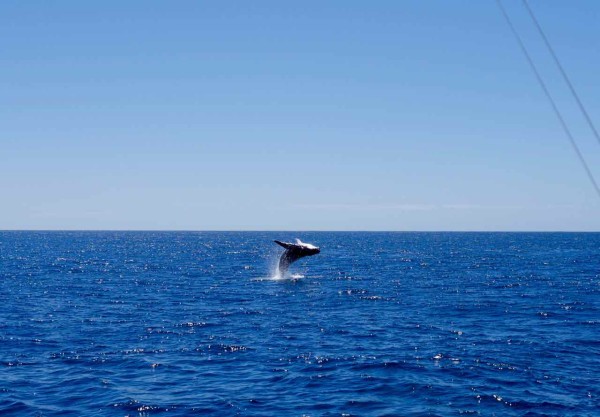 knowledge that if it fell down, I was on land and someone else would need to fix it. Not every glamper was as happy with the weather – one couple left early. I enjoyed reading in the hammock with Wallaroos hopping by and comforted that the tent had USB outlets to recharge the kindle. The manager began to tell me the story of his Aunt and Uncle who had left South Africa in a small boat with gold bars stashed in the keel. I recognized the story as that of a book I have wanted to read but could not get electronically-A Small Boat to Freedom, by John Vigor. Small world.
knowledge that if it fell down, I was on land and someone else would need to fix it. Not every glamper was as happy with the weather – one couple left early. I enjoyed reading in the hammock with Wallaroos hopping by and comforted that the tent had USB outlets to recharge the kindle. The manager began to tell me the story of his Aunt and Uncle who had left South Africa in a small boat with gold bars stashed in the keel. I recognized the story as that of a book I have wanted to read but could not get electronically-A Small Boat to Freedom, by John Vigor. Small world.
- Dive Boat
- Ready for Whale Swim
- Ningaloo Beach
- Can you spot the flounder?
- Giant Ray
- Relaxing on the beach
- Snorkel time
- Remote Camping
The motorboat ride into the Indian Ocean was wonderful as we swam with the whales darting by. The boat’s cubbyhole included a next with some baby birds. When we returned to our mooring, mom and dad bird quickly flew to meet us and check on their progeny.
The whales are adapt at avoiding contact with humans and boats, a fact I happily remembered at a later point when I saw one dart across Two Fish’s starboard bow.



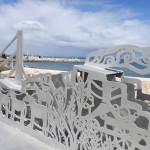
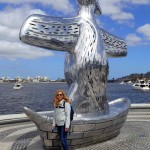
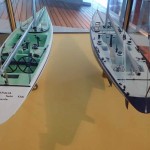
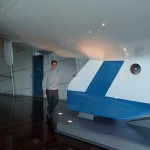
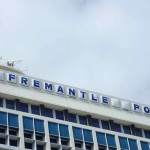
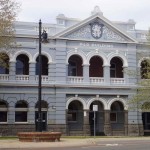
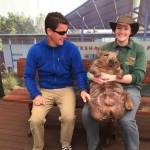
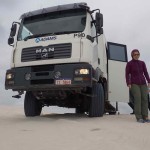

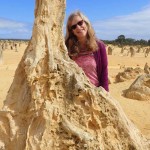
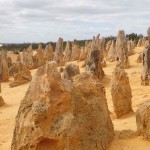
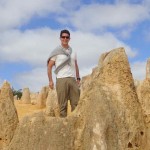
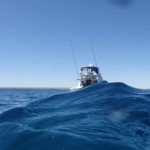
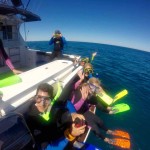
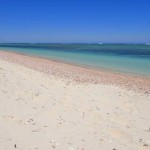
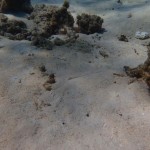
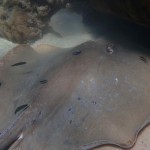
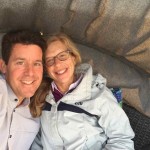
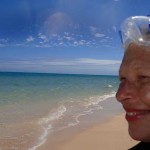
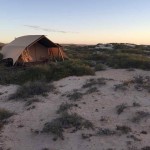


Comments are closed.